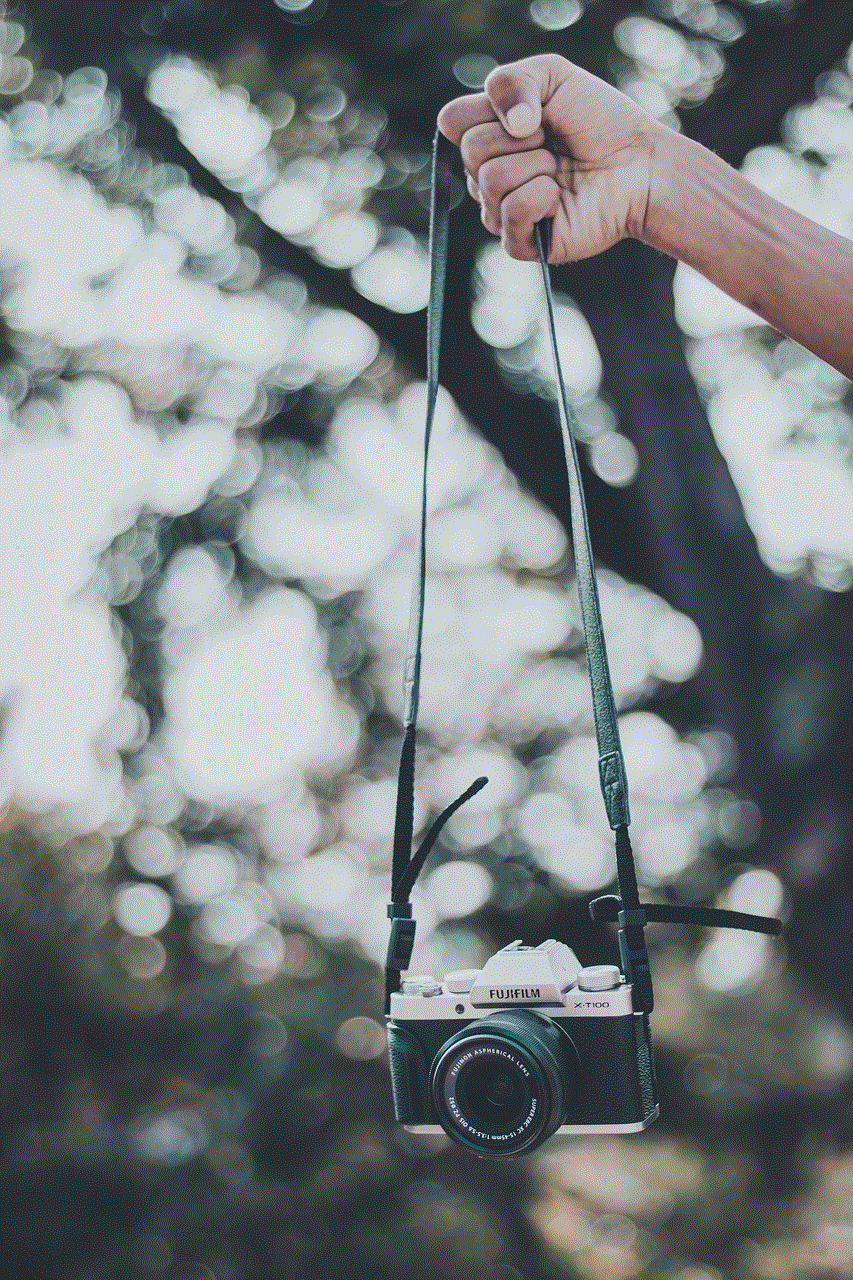is temu dangerous
The topic of danger is one that has been explored, analyzed, and debated for centuries. From ancient philosophers to modern day scientists, the concept of danger has been a constant source of fascination and fear for humanity. But what exactly makes something dangerous? Is it the potential for harm, the level of risk involved, or the perception of danger itself? These are questions that have no easy answers, as danger can take on many forms and can vary greatly from person to person.
One of the most pressing questions related to danger is whether or not something can be inherently dangerous. In other words, is there such a thing as an object, activity, or situation that is inherently dangerous, regardless of the individual’s perception of it? This question has sparked many debates and discussions, with some arguing that danger is purely subjective and others believing that certain things are objectively dangerous.
To tackle this question, it is important to first define what we mean by danger. According to the Oxford dictionary, danger is “the possibility of suffering harm or injury.” This definition implies that danger is something that has the potential to cause harm, but does not necessarily mean that harm will occur. This is a crucial distinction, as it highlights the role of risk in determining danger.
In the context of the keyword “is danger dangerous”, it is important to note that danger can refer to both physical and psychological harm. While physical danger is more tangible and easier to define, psychological danger can be just as harmful and may not always be as obvious. This is because danger can also be a state of mind, where the perception of danger can cause stress, anxiety, and other negative emotions.
With this understanding of danger, we can now delve into the question of whether or not danger can be inherently dangerous. Some argue that certain things, such as extreme sports or dangerous animals, are inherently dangerous and pose a risk to anyone who engages with them. They argue that these things have a high potential for harm and therefore should be avoided at all costs.
On the other hand, there are those who believe that danger is purely subjective and that it is the individual’s perception of danger that determines whether or not something is dangerous. They argue that something that may be perceived as dangerous by one person may not be perceived as such by another. For example, someone who enjoys skydiving may not see it as dangerous, while someone who has a fear of heights may see it as extremely dangerous.
This debate raises the question of whether our perception of danger is influenced by external factors or if it is purely a product of our own thoughts and beliefs. Research has shown that our perception of danger can be influenced by a variety of factors, including cultural norms, personal experiences, and media portrayals. For example, a person who grows up in a society where skydiving is seen as a normal and safe activity may not perceive it as dangerous, while someone from a society where it is considered risky may see it as extremely dangerous.
Furthermore, our perception of danger can also be influenced by our emotions. For instance, something that we may perceive as dangerous when we are feeling anxious may not seem as dangerous when we are feeling calm and confident. This highlights the role of our mental and emotional state in determining our perception of danger.
But does this mean that danger is purely subjective and that nothing can be inherently dangerous? Not necessarily. While our perception of danger may be influenced by external factors and our own emotions, there are certain things that have a high potential for harm and are universally seen as dangerous. For example, natural disasters such as earthquakes and hurricanes are often seen as inherently dangerous, as they have the potential to cause widespread destruction and harm to human life.
Another important aspect to consider when examining the concept of danger is the concept of risk. As mentioned earlier, danger and risk are closely related, but they are not the same thing. While danger refers to the potential for harm, risk is the likelihood of that harm occurring. This means that something may be dangerous, but if the risk of harm is low, it may not be seen as risky.
For example, driving a car can be seen as dangerous, as there is always the potential for accidents and injuries. However, with proper training and precautions, the risk of harm can be greatly reduced. On the other hand, something like smoking may not be seen as dangerous in the short term, but the long-term risk of developing serious health issues is high.
So, is danger dangerous? It can be argued that danger itself is not dangerous. Instead, it is our perception of danger, combined with the level of risk involved, that determines whether or not something is dangerous. This means that something that may be perceived as extremely dangerous may not actually be as dangerous as we think, while something that may seem harmless can actually pose a high risk of harm.
Therefore, it is important to approach the concept of danger with a balanced and rational mindset. While it is natural to feel afraid or anxious in the face of perceived danger, it is also important to assess the level of risk involved and take necessary precautions to minimize that risk. This is especially important in situations where our perception of danger may be influenced by external factors or our own emotions.
In conclusion, danger is a complex and multifaceted concept that can take on many forms. Whether something is inherently dangerous or not is a matter of debate, and the answer may vary depending on the individual and the situation. However, what is clear is that our perception of danger plays a significant role in determining whether or not something is dangerous. It is important to keep this in mind and approach danger with a rational and balanced mindset to make informed decisions and minimize the potential for harm.
how to know if someone blocked you instagram
Instagram has become one of the most popular social media platforms in recent years, with millions of active users every day. With its emphasis on visual content and the ability to connect with people from all over the world, it has become a go-to platform for many individuals, businesses, and influencers. However, like any social media platform, there are times when you may wonder if someone has blocked you on Instagram . In this article, we will explore the various ways to know if someone has blocked you on Instagram.
But first, let’s understand what blocking means on Instagram. When someone blocks you on Instagram, it means that they no longer want to see your content, nor do they want you to see theirs. It is a way to limit unwanted interactions and maintain privacy. When someone blocks you, you won’t be able to see their posts, stories, or even their profile. Your direct messages (DMs) with them will also disappear, and you won’t be able to send them any messages. Now, let’s dive into the different ways to know if someone has blocked you on Instagram.
1. Search for their profile
The most obvious way to know if someone has blocked you on Instagram is by searching for their profile. If you are unable to find their profile when you search for their username, it’s a sign that they may have blocked you. However, there could be other reasons for not finding their profile, such as they have changed their username or deleted their account. Therefore, you should try searching for their profile using the Instagram handle of a mutual friend or a different account.
2. Check your DMs
As mentioned earlier, when someone blocks you on Instagram, your DMs with them will disappear. So, if you have had conversations with the person before, check your DMs to see if their messages are still there. If their messages have disappeared, it could be a sign that they have blocked you.
3. Look for their comments and likes
If the person has blocked you, you won’t be able to see their comments or likes on any posts or stories. So, if you notice that their comments and likes have disappeared from your posts, it could mean that they have blocked you. However, this could also happen if the person has deleted their account or has stopped using Instagram.
4. Check the number of followers and following
Another way to know if someone has blocked you on Instagram is by checking the number of followers and following on their profile. If you were following the person before, and their profile now shows a different number of followers and following, it could mean that they have blocked you. However, this is not a foolproof method as the person could have also unfollowed other accounts.
5. Look for a message saying “user not found”
When you try to visit someone’s profile on Instagram, and you get a message saying “user not found,” it could mean that they have blocked you. However, this could also happen if the person has changed their username or has deleted their account.
6. Check their profile from a different account
If you have a mutual friend or a different account, you can check the person’s profile from there. If their profile appears on the other account, it could mean that they have blocked you. However, if the person has blocked you on all their accounts, you won’t be able to see their profile from any account.
7. Try to tag them in a post or comment
When you try to tag someone in a post or comment, and their username doesn’t appear in the suggestions, it could mean that they have blocked you. This is because when someone blocks you, you won’t be able to tag them in any posts or comments.
8. Look for a “This account is private” message



If the person has blocked you, and their account is set to private, you won’t be able to see their profile. Instead, you will see a “This account is private” message. This message could also appear if the person has deactivated their account, so it’s not a sure way to know if someone has blocked you.
9. Check for any previous interactions
If you have had conversations or interactions with the person before, you can check to see if they are still there. If their messages or comments have disappeared, it could mean that they have blocked you. However, this could also happen if they have deleted their account or have blocked you from seeing their posts and stories.
10. Ask a mutual friend
If you have a mutual friend with the person, you can ask them to check if the person has blocked you. However, this could be an uncomfortable situation for your friend, so use this option with caution.
Conclusion
In conclusion, there are various ways to know if someone has blocked you on Instagram, but none of them are 100% accurate. The best way to confirm if someone has blocked you is by asking them directly. However, if you are unable to do so, you can use the methods mentioned above to get an idea if someone has blocked you. Keep in mind that there could be other reasons for not being able to see someone’s profile, so don’t jump to conclusions. And if you have been blocked, it’s best to respect the person’s decision and move on.
how to turn off location on snapchat
Snapchat has become one of the most popular social media platforms, especially among young adults and teenagers. One of the unique features of Snapchat is its ability to share your location with your friends and followers. While this feature can be useful for meeting up with friends or keeping track of family members, there are many reasons why you may want to turn off location on Snapchat. In this article, we will discuss how to turn off location on Snapchat and the benefits of doing so.
Why Turn Off Location on Snapchat?
There are several reasons why you may want to turn off location on Snapchat. The most obvious reason is privacy. By sharing your location on Snapchat, anyone who follows you can see where you are at any given time. This can be a safety concern, especially for young users who may not be aware of the potential risks of sharing their location online.
Another reason to turn off location on Snapchat is to prevent others from knowing your whereabouts. You may not want your friends or followers to know that you are at home alone or out of town on vacation. It is also common for people to use Snapchat to share their experiences at events or parties, and turning off location can help protect your privacy in these situations.
Moreover, turning off location on Snapchat can also save battery life. Snapchat uses a significant amount of battery power, and constantly updating your location can drain your battery even faster. By disabling location services, you can extend your phone’s battery life and reduce the need for frequent charging.
How to Turn Off Location on Snapchat?
Turning off location on Snapchat is a straightforward process. Follow these steps to disable location services on your Snapchat account:
Step 1: Open Snapchat and go to your profile screen by tapping on the Bitmoji icon or your profile picture in the top left corner.
Step 2: Tap on the gear icon in the top right corner to access your settings.



Step 3: Scroll down and select “See My Location” under the “Who Can…” section.
Step 4: You will now see three options: “Ghost Mode,” “My Friends,” and “Select Friends.” Ghost Mode is the option you want to choose to turn off location on Snapchat completely.
Step 5: A confirmation pop-up will appear, asking if you are sure you want to enable Ghost Mode. Tap on “Continue” to confirm.
And that’s it! Ghost Mode will now be enabled, and your location will no longer be visible to others on Snapchat. You can still use Snapchat as usual, but your location will not be shared with anyone.
Other Privacy Settings on Snapchat
While turning off location on Snapchat can provide a sense of privacy and security, it is not the only setting you should be aware of. Snapchat also has other privacy settings that you should consider, such as:
1. Who Can Send Me Snaps: You can choose to receive snaps from only your friends or allow anyone to send you snaps. To access this setting, go to “Who Can…” in your Snapchat settings and select “Contact Me.”
2. Who Can View My Story: By default, your story is visible to all your friends, but you can choose to customize it and select specific people who can view your story. To access this setting, go to “Who Can…” and select “View My Story.”
3. Who Can See My Location: As we discussed earlier, you can choose who can see your location on Snapchat. Along with Ghost Mode, you can also select specific friends who can view your location when you are not in Ghost Mode.
Benefits of Turning Off Location on Snapchat
While the most apparent benefit of turning off location on Snapchat is privacy, there are other advantages as well. Let’s take a look at some of the benefits of disabling location services on Snapchat:
1. Protecting Your Privacy: As we mentioned earlier, turning off location on Snapchat can help protect your privacy. By disabling this feature, you can control who has access to your location and when.
2. Saving Battery Life: Snapchat is known for being a battery drainer, and turning off location services can help extend your phone’s battery life. This is especially helpful if you are using Snapchat frequently throughout the day.
3. Avoiding Unwanted Attention: Sharing your location on Snapchat can lead to unwanted attention. Some users may add you as a friend solely to see your location, which can be uncomfortable or even dangerous.
4. Avoiding FOMO: Fear of Missing Out (FOMO) is a common feeling among social media users. Turning off location on Snapchat can help you avoid comparing your activities to those of your friends and followers, allowing you to enjoy your experiences without feeling pressured to share them.
5. Protecting Your Mental Health: Social media can have a significant impact on our mental health, and constantly sharing our location can contribute to feelings of anxiety and stress. Turning off location on Snapchat can give you a break from the pressures of being constantly connected.
In Conclusion



Snapchat has revolutionized the way we communicate and share our lives with others. However, it is essential to be aware of the potential risks and take necessary precautions to protect our privacy and well-being. Disabling location services on Snapchat is a simple and effective way to maintain your privacy and have more control over what you share with others. By following the steps outlined in this article, you can easily turn off location on Snapchat and enjoy the benefits of a more private and secure social media experience.

